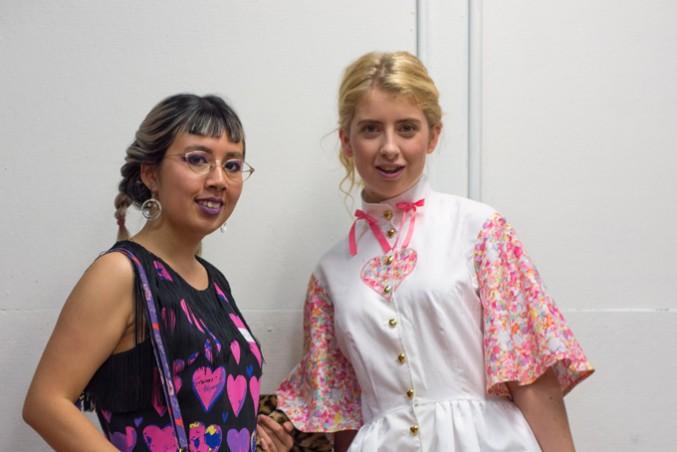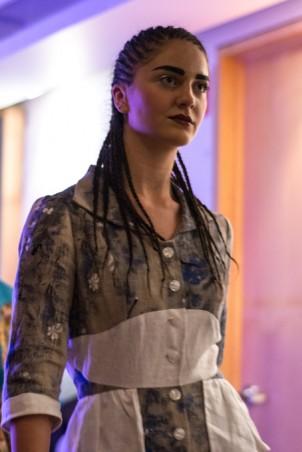By Nick Dunne
It’s common to hear engineering or science students bemoan their packed schedule. Merciless midterms and mind-boggling math equations suck, but little is said about the workload for Ryerson’s fashions students — first years who, on top of taking six courses each semester, toil away designing their own original dress.
“A lot of people say engineering is hard, business is hard, but fashion’s the underdog,” said second-year fashion communications student Zoya Shaban.
The INTRO 2015 fashion show, held on Oct. 2, showcased 2014-2015 fashion froshies’ creativity and dedication to their craft. The student-run show featured 34 daytime dresses the now second-year fashion students created in their fashion design class, FSN 220.
Volunteers have been preparing for the show since May.
“[It’s a] representation for what the first-years are to expect,” said Melissa Nugara, a second-year fashion student and dress designer.
While the design inspirations ranged from seashells to candy to the Palace of Versailles, they were under strict guidelines. Designers were limited to linen or cotton. They also had to include a collar, buttons down the front, set-in sleeves and use three manipulations on the fabric, such as pleating, bias-cuts, or back darts.
“It really highlights how important a person’s unique touch is. No matter how many restrictions were put on this dress, everyone had their own unique flair,” said Shaban, who did PR for the show. “They created garments that can actually work well in the runway shows … these are the upcoming industry professionals.”
The show’s organization was a learning experience in of itself for the promoters and volunteers.
“It is not always necessary to have a faculty member hover over students,” Ryerson fashion school chair Robert Ott wrote via email. “This is learning — figuring it out and reflecting on what worked well and what did not work.”
The show displayed fashion students’ talent and diversity, using women of different body types, ages and ethnicity. Shaban said, “[INTRO] celebrates … how well our students are able to showcase diversity in the things that they create.”











Leave a Reply